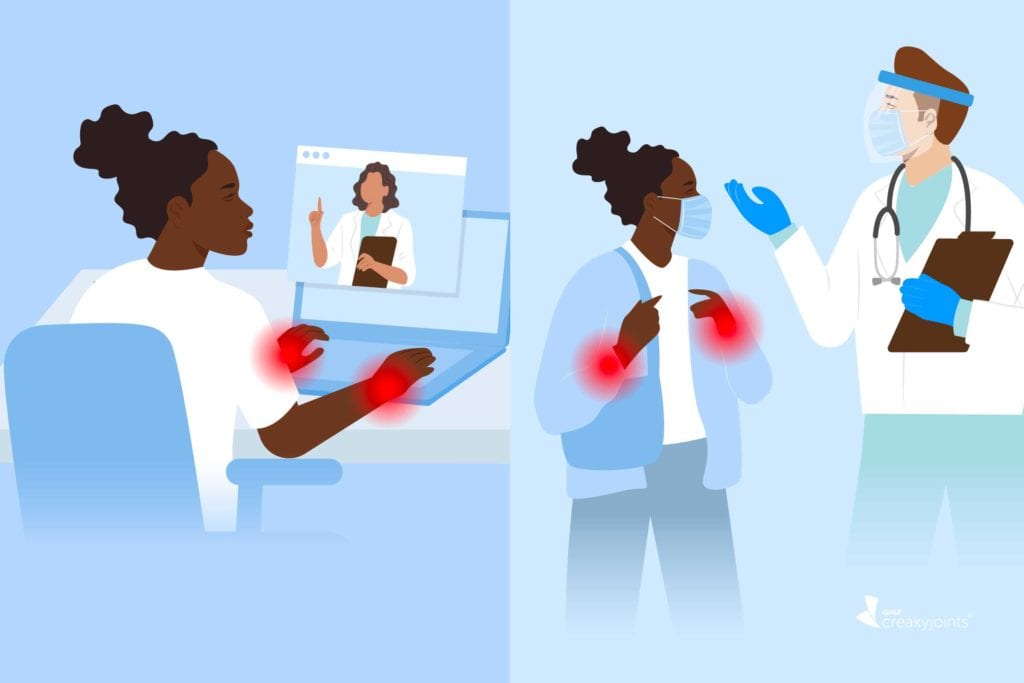Sickle Cell Disease
Sickle Cell Disease (SCD) is an “Inherited” blood disorder. It’s passed down through families (person inherits disease from their parents) it’s not something you catch or develop later in life. Individuals are born with it. SCD occurs when a person inherits two abnormal copies of a hemoglobin gene from their parents. The type of hemoglobin a person makes in their red blood cells depends upon the inherited hemoglobin genes.

As cells pass through low oxygen areas (most change from healthy flexible disks into rigid crescents) that stick to the inner wall of tiny blood vessels and are unable to pass through to deliver oxygen to body tissue; especially the branching point of veins. This disorder causes extreme chronic pain – commonly known as a “Pain Crisis” and is associated with the person’s blood cells sticking together and restricting blood flow. Sickle Cell Disease causes normal round blood cells to take on a Sickle Shape due to hemoglobin deficiency.
This leads to blockade of blood flow causing very severe pain and can cause possible damage to the body’s organs causing very severe complications over time. This is what causes the complications of Sickle Cell Disease. Quite often living with this inherited and chronic disorder – individuals with Sickle Cell Disease require a number of continuity of care and services throughout the entirety of their lives.
Individuals are born with it
SCD occurs when a person inherits two abnormal copies of a hemoglobin gene from their parents. The type of hemoglobin a person makes in their red blood cells depend upon the inherited hemoglobin genes. As cells pass through low oxygen areas; most change from healthy flexible disks into rigid crescents Sickle Cells that stick to the inner wall of tiny blood vessels and are unable to pass through to deliver oxygen to body tissue; especially the branching point of veins.
This leads to blockade of blood flow causing very severe pain and can cause possible damage to the body’s organs causing very severe complications over time. This is what causes the complications of SCD. This disorder cause’s extreme chronic pain [commonly known as a “pain crisis”] associated with the person’s blood cells sticking together and restricting blood flow. SCD causes normal round blood cells to take on a “Sickle” shape due to hemoglobin deficiency.
Sickle Cell Trait
SCT is not a type of sickle cell disease. However, Sickle Cell trait (AS) is also an inherited condition in which both hemoglobin A and S are produced in the red blood cells. Sickle cell trait (SCT) is a benign condition in which the affected individual has only one abnormal hemoglobin beta gene allele. This is in contrast to sickle cell disease (SCD) in which the affected individual has two abnormal hemoglobin beta gene alleles.
Unlike individuals with SCD, those with SCT do not have symptoms related to sickling and consequently tend to have a better quality of life than patients who inherit SCD. However, they can pass the trait on to their children. And when you have two individuals who produce together can more than often produce or create an individual (s) with Sickle Cell Disease.
Genetics – Types of Sickle Cell Disease
There are several types of Sickle Cell Disease – the nature of each type is different
Most common are:
- Sickle Cell Anemia (SS)
- Sickle-Hemoglobin C Disease (SC)
- Sickle Beta-Plus Thalassemia
- Sickle Beta-Zero Thalassemia
Is There A Cure?
- Over the years, doctors have learned a great deal about Sickle Cell Disease. They know its causes, how it affects the body and how to treat many of its complications. And as of yet there’s still NO widely none universal cure
- And since Sickle Cell Anemia varies from person to person there are treatments to improve anemia in both children and adults. Some people who have SCA have chronic (long-term) pain or fatigue (tiredness)

- However, with proper care and treatment many people can have improved quality of life and reasonable health most of the time. And because of improved treatments and care, people who have and live with Sickle Cell Disease are now living longer.
- So is there a Cure? Currently, Bone Marrow and Stem Cell Transplants are the only advances and developments used as a possible cure. Gene Therapy and other advances are in clinical studies and trials towards and with hopes for a possible universal cure.
Commonality
How common is Sickle Cell Disease?
SCD affects millions of people worldwide and is most common among people whose ancestors come from Africa; Mediterranean countries such as Greece, Turkey, and Italy; the Arabian Peninsula; India; regions in South Central America, and parts of the Caribbean.
It’s the most common inherited blood disorder in the United States-affecting Americans of different ethnic backgrounds.
The disease is estimated to occur:
- 1 out of 500 African-Americans births have SCD
- 1 out of 10 African-Americans is a carrier of SC Trait
- 1 out of 1,300 Hispanic-Americans births have SCD
- 1 out of 500 African-Americans births have SCD
- 1 out of 10 African-Americans is a carrier of SC Trait
- 1 out of 1,300 Hispanic-Americans births have SCD
· We Can’t Fight This Battle Alone ·
We need and love people like you who Care & Can Make A Difference





Quick Links
Contact
P.O. Box 1608
South Holland, Illinois 60473-7608



